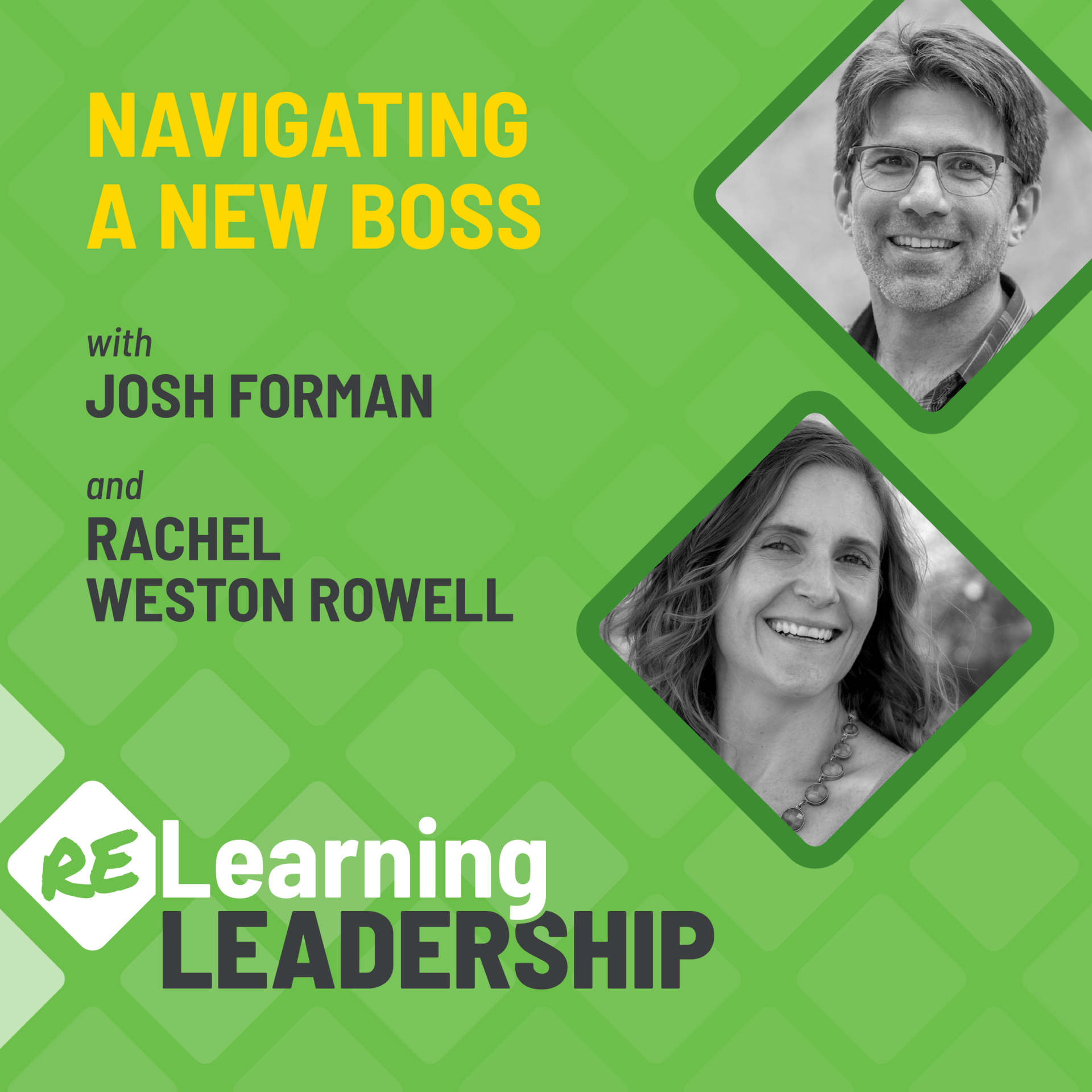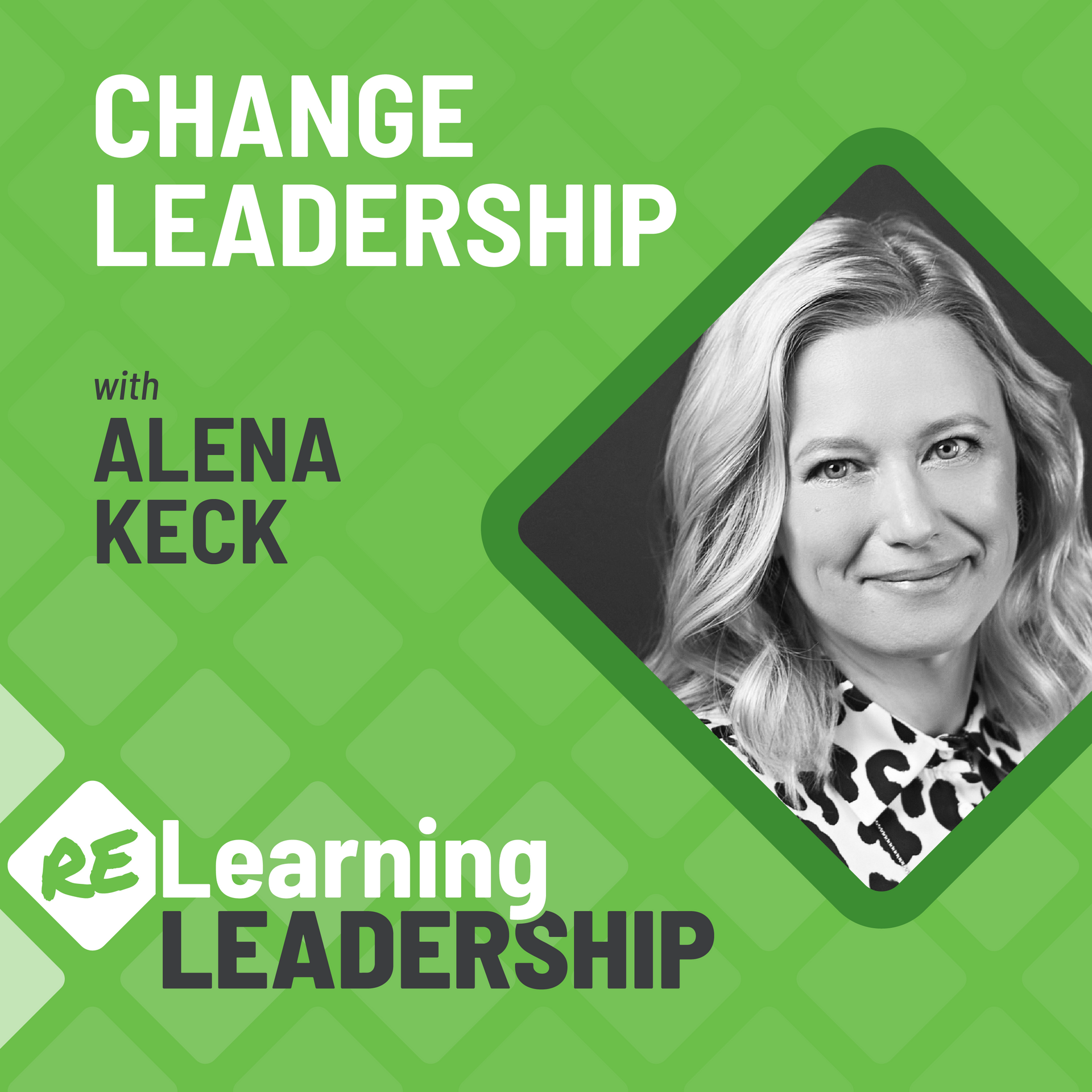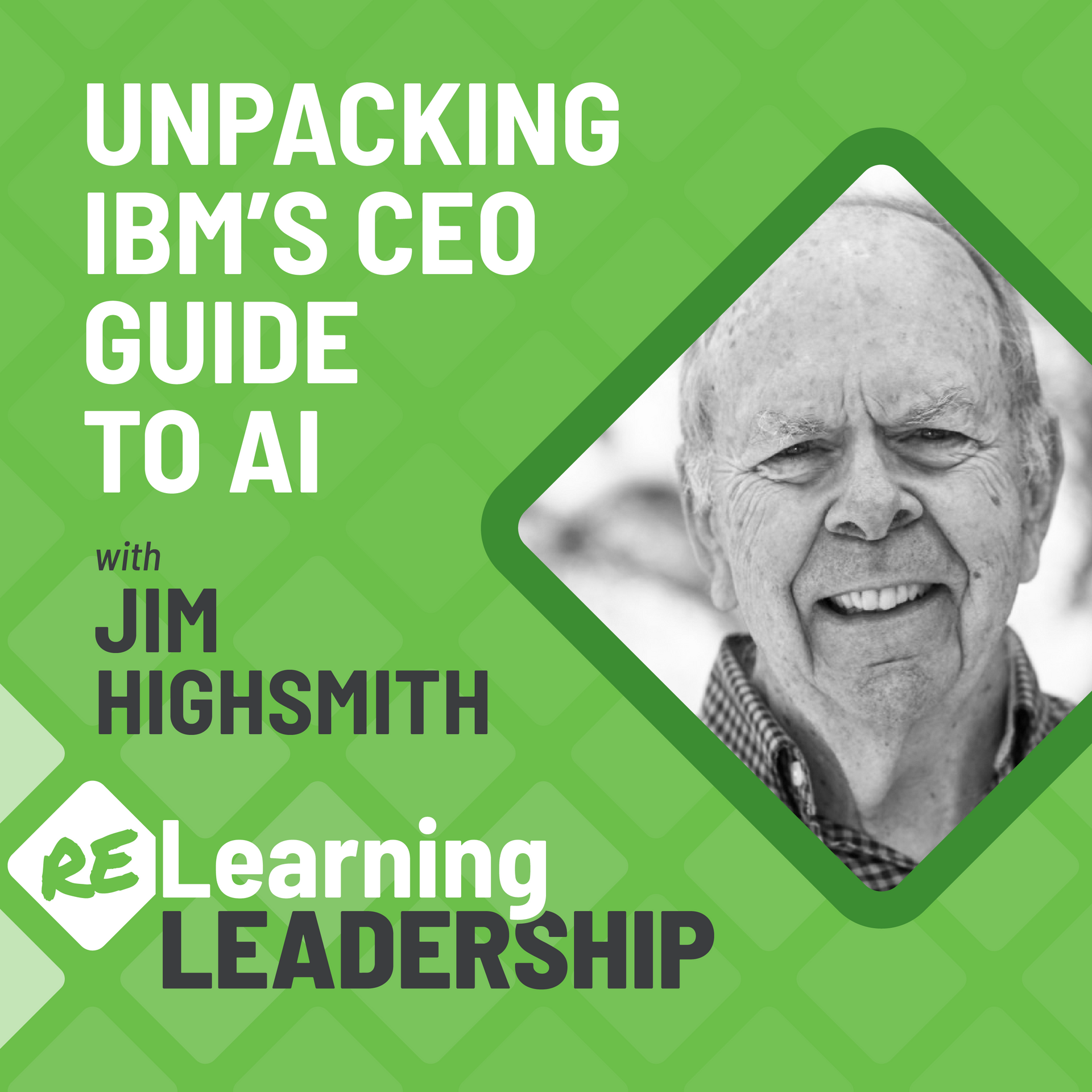39: Leadership Power
What is leadership power and how does it impact your presence?
Pete explores the concept of leadership power and how it impacts your presence as a leader.
Relearning from this episode…
Power lives on a polarity
Leadership power lives on a polarity between yourself and others. The power from within is rooted in assertiveness as a leader steps in and speaks up. The power from others is rooted in accommodating space for their power to come forward by stepping back and staying quiet. Effective leaders navigate this polarity by finding an appropriate balance for every situation.
Power failure lives on both ends of the polarity
Most leaders are told to step back and listen. And while this is good advice in general, it isn’t the best advice for all leaders. All leaders have a default power style and need to adjust their power differently based on their bias and the situational need. Listen in for how to tune your power more effectively.
Episode Transcript
Pete Behrens:
What is leadership power, and how does it influence our presence?
Welcome to another episode of Relearning Leadership, where we explore a specific leadership challenge and break it down to help improve your leadership, your organization, and maybe even your personal life.
I’m Pete Behrens, and today we’re going to explore power and presence. Let’s dive in.
Now, our Agile Leadership Journey community of Guides holds a book club about every six weeks, where we select a book, read a book, and come and talk about the implications of that book, related to topics that we, as coaches, might run into. And it’s meant to be a low-pressure affair. Even if Guides don’t read the book, they’re welcome to join in the dialogue. It’s a curious, learning environment.
Well, one of these sessions recently was being facilitated by one of our Guides in the community. And at the beginning of the session, she made a self-deprecating joke as we were still all gathering on Zoom. And the irony that she was drawing out was—she was presenting slides when our conversation was about control. I thought that was kind of funny, and I may have piled on the humor a little bit, thrown in a joke. I don’t remember exactly what was said.
Overall, I thought the discussion was good. It was rich. We had some interaction. She showed some perspectives of the book. And, you know, I felt like it was a great session. Until, that is, about two or three hours later. At that point, I got an email in my inbox that I’d like to read—not exactly the quote, but the essence of what was said to me.
At the end of our meeting, I felt shaky and uncomfortable. It took me a minute to pinpoint what happened, and I want to share my perspective and understand yours.
I am curious to know what your intention was when you made the not-so-positive comment at the outset of the meeting about my using slides in the presentation as a way to control the meeting and not leaving space to open an dialogue, an emergent dialogue.
I heard that I am too controlling. It shook my confidence to a point where I felt that I had to justify myself throughout the meeting. I was second-guessing everything I was doing and saying...
Ouch. That email hurt. What do you do when you get an email like that in your inbox? I was certainly disappointed in myself, right? I know jokes are probably not the thing to bring to work, especially—you know, I’m not a professional joke-teller. And you add in the culture, gender, race, language diversity that we have in our community, and it’s just ripe for miscommunication. But I was just, most importantly, disappointed in how it was perceived and how it impacted her. And the fact that I was just—I was aloof. I had no idea the bomb that I put out there.
At the same time, though, I was proud. She had the courage to confront me, to send me that email. Now, it wasn’t in the meeting, but she showed courage to share. That means there’s some safety in our environment, at least to some degree, that she felt okay to say, “Hey, Pete, I didn’t feel okay.” And that’s, I think, something to be proud of, even if it’s just a single example of that.
Now, as the founder of the Agile Leadership Journey, I hold a lot of default power. Power is defined as the capacity or ability to direct or influence others. Right? Power comes from a number of characteristics. Title and position are typical ways we think about power. I am an owner and a founder of our community. But power also comes from cultural norms like race, gender, and even physical characteristics. I am a 6’4” white male, American. And whether or not I attribute power to that, others perceive power. Power is ALWAYS present. In fact, power is a presence, as others interpret and perceive that—right?—whether we intend that or not.
We can think about power as a polarity between two pole ends, what we call assertive and accommodative. Assertive power is rooted in me. It’s rooted within. “I speak. It’s my opinion. I’m going to jump in. I’m going to step in. I’m going to use my voice. I might even cut you off from your voice!” Right? The assertiveness is coming from me to you. It’s rooted in what I need. The other side of that, the accommodative power, is rooted in others. It’s rooted in your voice, your needs. You step forward. You share opinions. But what that means for me is—“I defer. I step back. I cede some of that space to you. I open the door for you.” Accommodative: others come before me.
And so, when we think about this power style, every interaction has this polarity at play. This is not something you can get away with. It’s not something that’s void. It’s happening all the time, and it’s not necessarily one and then the other, or the other and then one. Think about this as a dynamic that’s going on dozens of times through different engagements.
Success in power comes from what we consider the balance, how we have both assertive and accommodative. And balance is one of these funny words. You think, “Okay, balance is a state.” But no! Balance is an action. It’s a continuous, “I’m out of balance, and I’m correcting. I’m out of balance, and I’m correcting.” And so, when you think about balance that way, even in a five-minute conversation, we can be demonstrating assertiveness and accommodativeness. And oftentimes, we do.
Getting back to my email. I’ll read here a little bit about how I responded to her and how this played out. My response covered a few things. Number one—I thanked her for her courage to share. Without her sharing, this would have been one of those issues gone into the dark, right? It would not have been—I was aloof; I was unaware that this even occurred. You get a couple episodes of this, and this is how you spiral into disengagement and distrust in relationships. And so, the fact that she could bring this forward was incredibly powerful, and I wanted to reiterate that. But I also included an apology for the misplaced joke, but, more importantly, for my aloofness in not seeing that bomb that I put out there and the impact it had.
I also recognized and shared my default power and some of the aspects where my intention was not hierarchical. My intention was curious, co-creative. We’re in this space; it’s a place—I want to be a peer! But I recognize, also, that that’s not always how it’s perceived and wanted her to be aware of that. And finally, it included an offer to talk more. And we did, in fact, even sharing this with our community as an example of what I would love to see more of in our community. That, “Hey, this is okay! I’m not a dictator here. I don’t intend to be, anyways.”
A note about mistakes. I am not immune to mistakes. In fact, I don’t even try to avoid mistakes because I know they’re going to happen. Now, this is not an excuse to have mistakes. Rather, my goal is awareness and correction, just like the balance. My goal is—if I can be aware and correct sooner, the more likely we’re going to have a healthy, sustainable system.
Explore:
Related Episode
Navigating a New Boss
Josh Forman, a Director of Engineering from a high-tech scale-up organization, shares his story of navigating the vast changes in his company and specifically dealing with a new COO.
Following Josh's interview, Pete talks with Rachel Weston Rowell, a leadership teams coach who specializes in startup and scale-up organizations, to discuss Josh's story and what all leaders can learn from it.
Recent Episodes










